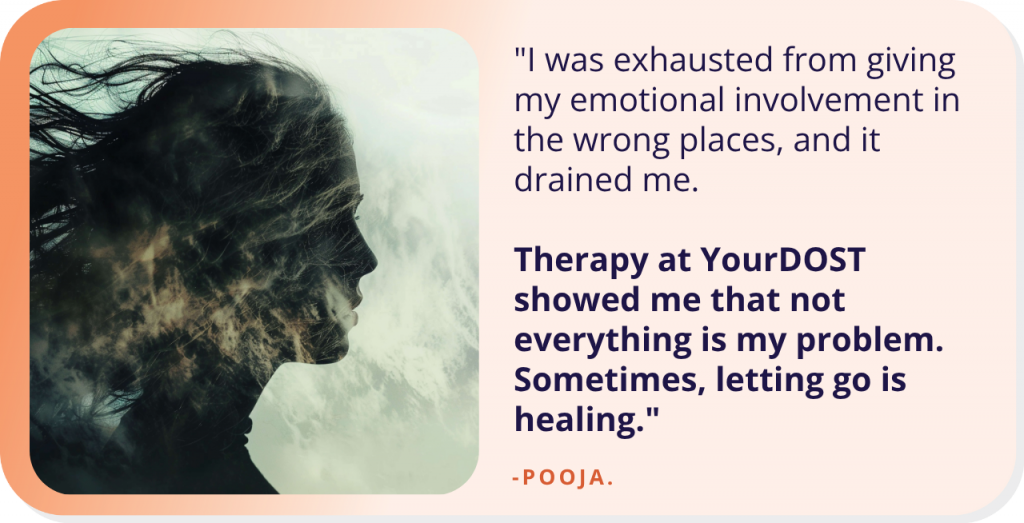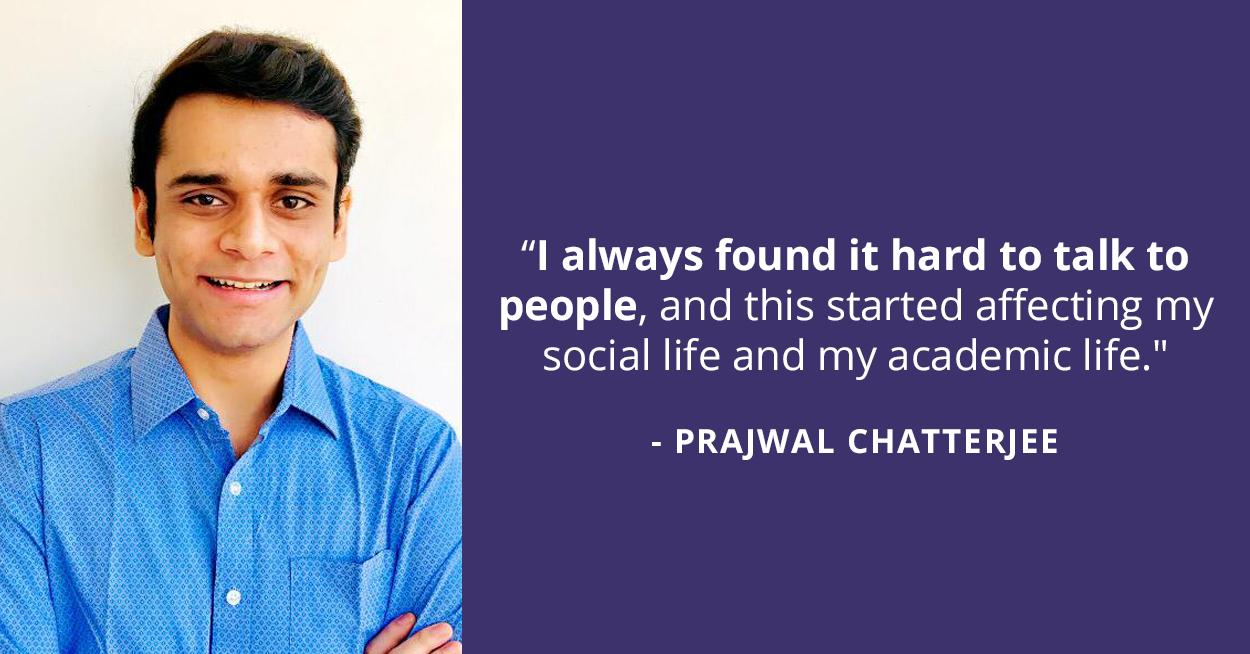3 Ways to Build Trust Through Your Body Language
“Look in the eye of the interviewer.” “Don’t slouch.” “Don’t shake your legs.” “Don’t laugh.”
We may have heard these instructions umpteen times, but science proves that body language (or non-verbal communication) is indeed important to create a good and lasting first impression.
The famous psychologist, Albert Mehrabian, based on his extensive research has come up with the 7%-38%-55% rule. It states that there are 3 elements that dictate the first impression about someone (when we are deciding whether we like or dislike someone)
These are:
- 7% words (what we say)
- 38% the tone of the voice
- 55% body language
Another study by Amy Cuddy, a famous social psychologist found that trust is an important factor we look for when we meet someone new. In her famous Ted Talk, she said that
Trust is the conduit for influence; it’s the medium through which ideas travel. If they don’t trust you, your ideas are just dead in the water. If they trust you, they’re open and they can hear what you’re offering. Having the best idea is worth nothing if people don’t trust you.
Interestingly, trust can be conveyed through body language and non-verbal gestures, and in this post, we look at how to do exactly that.
3 Simple Ways to Build Trust Through Your Body Language:
1. Never discount the power of a good eye contact
Have you wondered when we don’t feel connected to a few people and don’t find them that trustworthy? It’s probably because you are not seeing eye-to-eye with each other and quite literally. Maintaining an eye contact is really important if you want to build trust when you meet someone.
According to studies, 7-10 seconds of eye contact is ideal to maintain when in a one-on-one conversation, and 4/5 seconds when you are in a group setting. At work, a constant gaze of 10 sec or more will either make you seem more aggressive or inauthentic, while in personal setting, it may appear as a sign of romantic interest, or just downright creepy.
Another important element is blinking. Adult blinks anywhere between 15-20 times per minute. But when they are stressed or anxious, blinking may go upto 90 times.
2. Mirroring the gestures
It is a common observation that when people are in a conversation, and when it’s going on well, partners tend to imitate each other’s body language, for instance, stance, folding of hands, facial expressions, etc. Why, you ask? It’s because it creates the sense that people are on the same page and convey a feeling of empathy and trust. In one research experiment by William Maddux, he and his team tested the impact of mirroring on business negotiations. One-half of the MBA students were instructed to mirror the other people they interact, while the other half were told not to. The results were striking – the half where the students were instructed to mirror their counterparts were able to reach the deal 67% of the time, compared to the other half, who were told not to mirror were able to reach the deal just 12.5% of the time.
What it means is, one can intentionally create a good rapport with the other by aping their body gesture. For instance if one is leaning forward a bit while communicating, you can also lean a little bit. Just a caveat: don’t overdo it else it may appear really weird.
3. Use your voice to your advantage
According to an article by WSJ, the person’s voice strongly influences how he or she is seen. The sound of a speaker’s voice matters twice as much as the content of the message. This was based on an analysis of 120 executive speeches based on the communications analytics company.
Researchers used computer software to analyze speakers’ voices, then collected feedback from a panel of 10 experts and 1,000 listeners. The speakers’ voice quality accounted for 23% of listeners’ evaluations; the content of the message accounted for 11%. Other factors were the speakers’ passion, knowledge, and presence.
What it means is it’s not just about what you say, but importantly how you say it.
These are a few things you can do to come across as more trustworthy person
- Stay in your normal pitch. When leaders try to express authority, they lower their pitch. One can come across as more credible and authentic by shifting their tone (from high to low) within their normal range.
- Speak slowly: Research has also found that a person who rushes on while speaking make the other person feel pressurized.
- Use words similar to the words your listeners use (or would use): People favour familiarity. Research has found that humans favour sounds which sound similar to our own name. One other study has found that people prefer brand which starts with the same letter as the person’s first name
So there you have it – 3 simple steps to build and communicate trust using body language.





